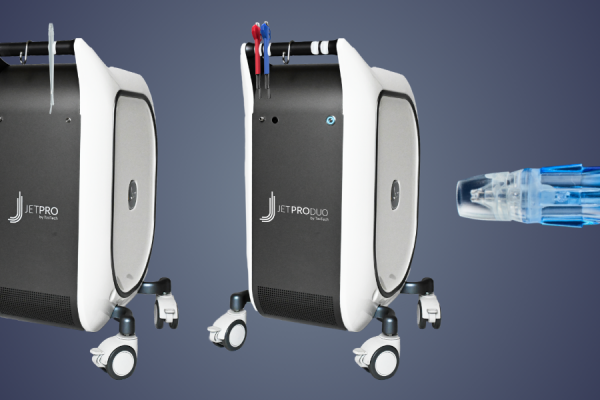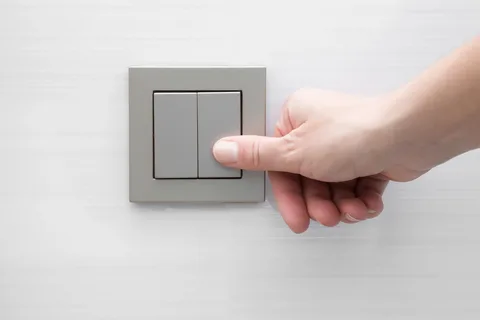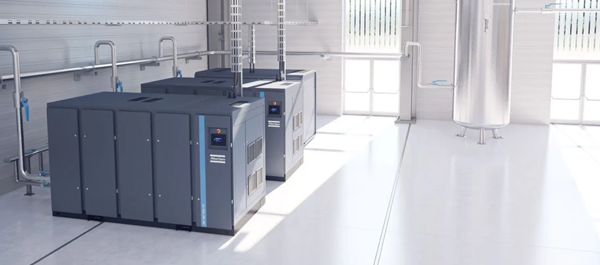Solar panels are a common method of harvesting solar energy and meeting renewable energy demands. By carefully deploying solar panels, we can harness the sun’s tremendous energy to lessen our environmental impact and reliance on fossil fuels. Energy-saving technology contributes to a cleaner future. Solar panels help to enhance the power system, improving self-sufficiency and energy stability. We can control solar energy integration into the power grid using cutting-edge technologies and advanced grid systems. This will result in a more environmentally friendly and resilient future.
Harnessing the power of the sun: An overview of solar panel installation
Utilising the sun’s energy by implementing solar panels has gained significant popularity as the demand for sustainable energy alternatives continues to rise. By implementing this environmentally aware advancement, we can harness the copious solar power at our disposal, lessening our dependence on finite resources and mitigating our ecological footprint. Experienced solar panel installers Doncaster deliberately position photovoltaic panels on roofs or open areas to collect sunlight and generate power. We can significantly reduce our energy expenses by harnessing this plentiful and eco-friendly energy resource while advocating for a greener and more sustainable tomorrow.
The grid: The backbone of energy distribution
The grid connects power plants to homes and businesses, ensuring energy is delivered efficiently. A vast network of transmission lines, substations, and transformers provides a reliable power supply. The grid is also essential for incorporating solar panels into our energy infrastructure. Solar panels’ renewable energy may be returned to the grid, benefiting other users. This symbiotic relationship between solar panel installations and the grid increases energy independence and the dependability of energy systems.
Solar panel integration with the grid: Benefits and challenges
Integrating solar panels with the grid offers numerous advantages, but it also has certain drawbacks. Solar energy reduces greenhouse gas emissions, the use of non-renewable resources, and environmental impact. Solar panels can also help to minimise grid load during high-demand periods. Because solar energy is intermittent, grid stability and supply-demand balance are challenging. Advanced technologies and smart grid solutions are being developed to govern solar energy integration into the grid and assure a long-term symbiotic link.
A symbiotic relationship: How solar panel installation and the grid support each other
Solar panels and the power grid help to strengthen energy infrastructure. Solar energy reduces carbon dioxide emissions and non-renewable energy use. Solar panels have the potential to increase grid electricity output and energy supply. Solar panels use the grid to provide steady and efficient power to homes and businesses. The partnership supports solar energy and system stability, particularly during peak demand periods. Solar panels and electrical infrastructure work together to build an environmentally friendly, energy-resistant future.
Solar panels in the electricity grid are a significant step toward a more environmentally friendly future. Solar energy lowers our carbon footprint, non-renewable energy use, and environmental impact. Despite system stability and supply and demand balancing concerns, technological advancements and smart grid technologies have made solar energy integration easier. As a result, solar energy and the grid now operate effectively together. They collaborate to develop energy infrastructure and promote renewable energy, providing stability and long-term sustainability.





